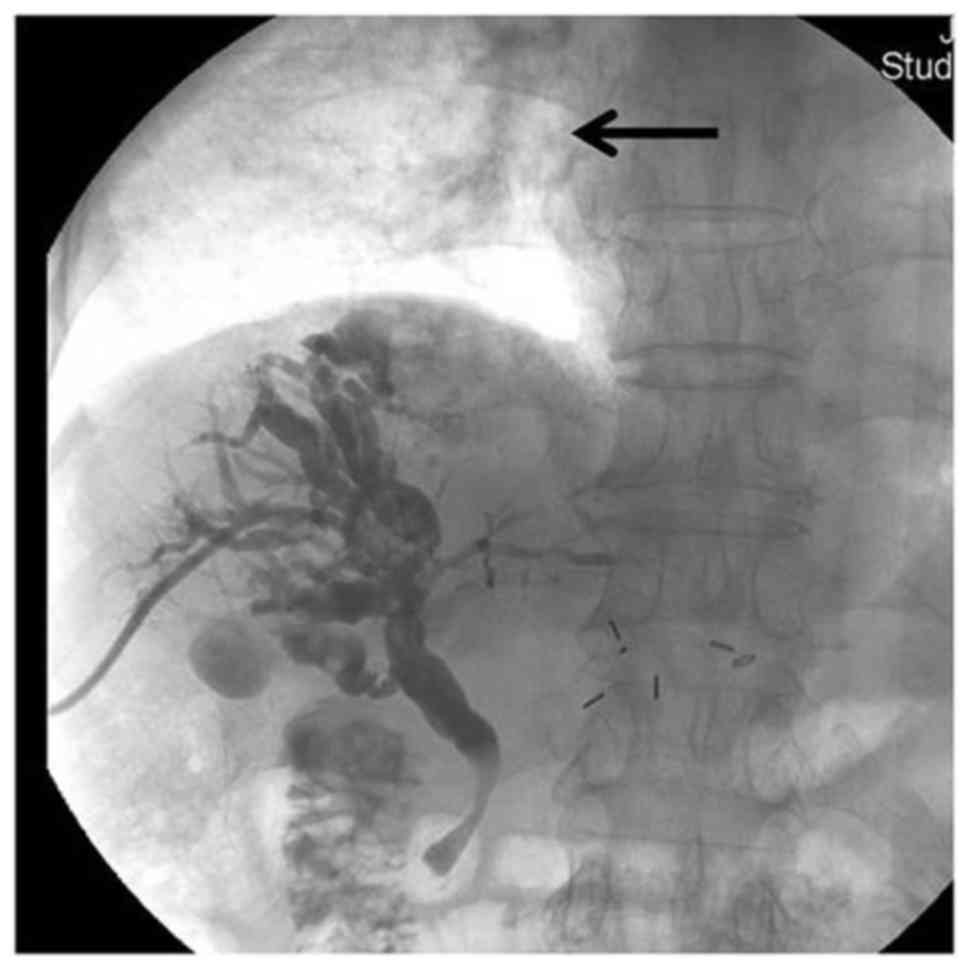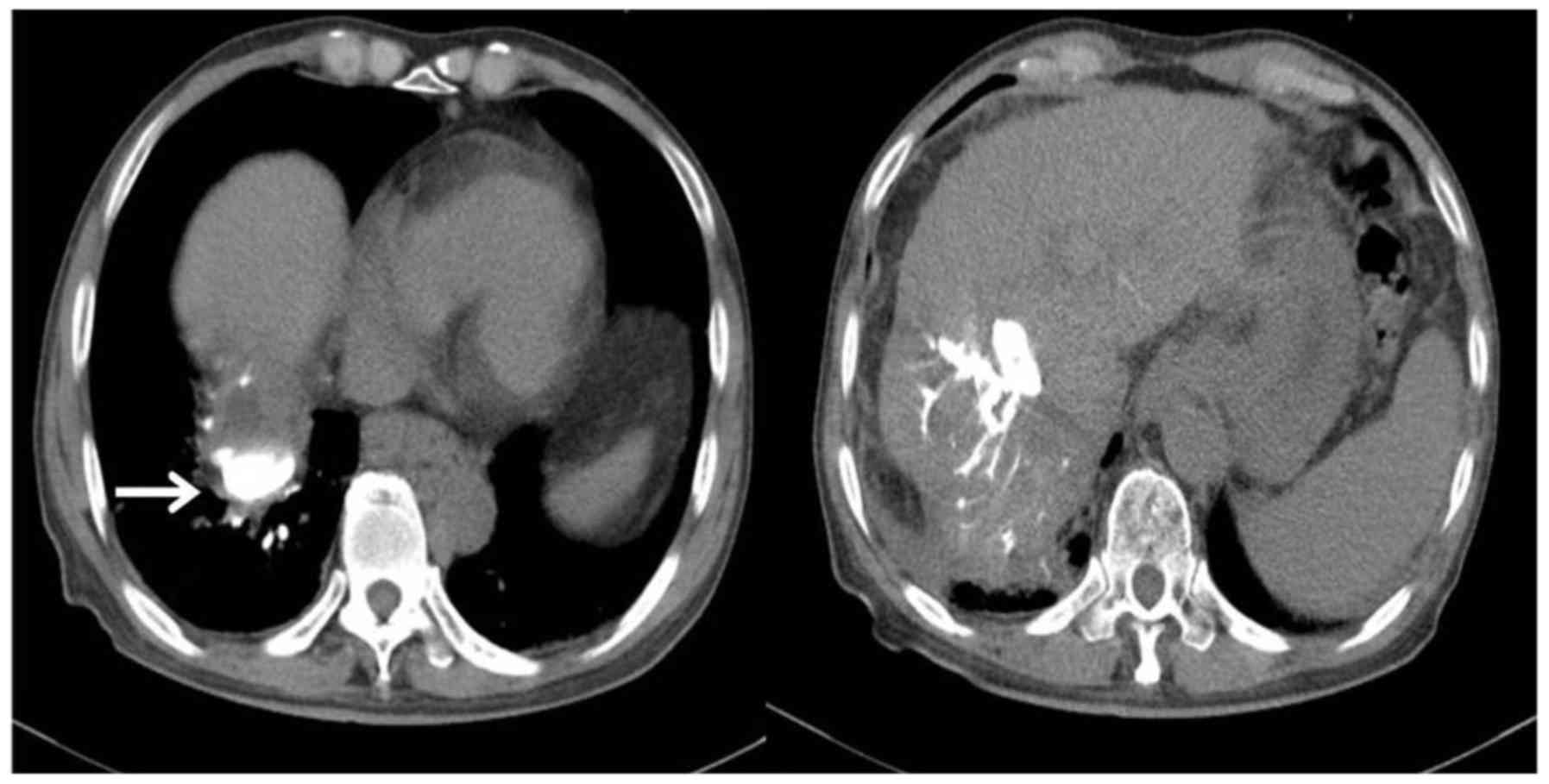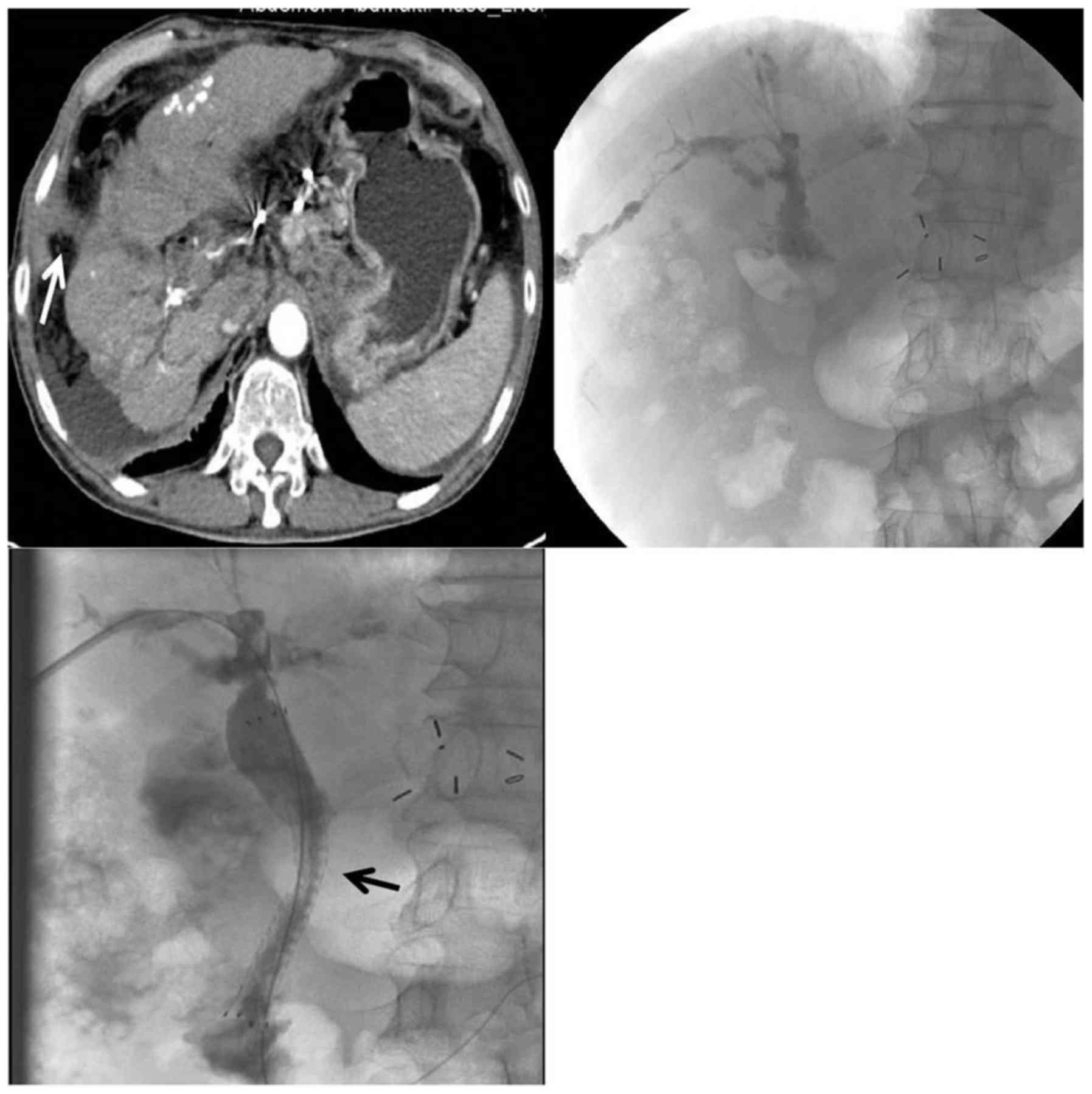Diagnostic accuracy of optical coherence tomography in bladder cancer patients: A systematic review and meta-analysis
- Authors:
- Juan Huang
- Xuelei Ma
- Lei Zhang
- Hongyuan Jia
- Feng Wang
-
View Affiliations
Affiliations: Department of Medical Oncology, Cancer Center, State Key Laboratory of Biotherapy, West China Hospital, West China Medical School, Sichuan University, Chengdu, Sichuan 610041, P.R. China, Department of Obstetrics and Gynecology, Chengdu Integrated TCM and Western Medical Hospital, Chengdu, Sichuan 610041, P.R. China
- Published online on: February 2, 2018 https://doi.org/10.3892/mco.2018.1566
-
Pages:
603-608
Metrics:
Total
Views: 0 (Spandidos Publications: | PMC Statistics:
)
Metrics:
Total PDF Downloads: 0 (Spandidos Publications: | PMC Statistics:
)
This article is mentioned in:
Abstract
A meta-analysis was performed to evaluate the accuracy of optical coherence tomography (OCT) for diagnostic accuracy studies in bladder cancer patients. English language studies reporting the diagnostic accuracy of OCT for bladder cancer were retrieved from the PubMed, EMBASE and Cochrane Library databases in December 2014. Histopathology was a reference standard. Sensitivities, specificities, positive likelihood ratios and negative likelihood ratios were calculated, and summary receiver operating characteristic curves were drawn to determine the diagnostic accuracy of OCT. Finally, 9 eligible studies (468 patients) were included in our meta‑analysis. The pooled sensitivity, specificity, positive likelihood ratio and negative likelihood ratio of OCT were 0.96 [95% confidence interval (CI): 0.94‑0.98], 0.82 (95% CI: 0.80‑0.85), 6.83 (95% CI: 3.24‑14.1) and 0.05 (95% CI: 0.02‑0.16), respectively. The summary diagnostic odds ratio was 138.88 (95% CI: 29.63‑650.89) and the overall area under the curve was 0.9735. These results suggest that OCT has excellent diagnostic performance in patients with bladder cancer and recurrent lesions.
View References
|
1
|
Miyayama S and Matsui O: Superselective
conventional transarterial chemoembolization for hepatocellular
carcinoma: Rationale, technique and outcome. J Vasc Interv Radiol.
27:1269–1278. 2016. View Article : Google Scholar : PubMed/NCBI
|
|
2
|
Moumen M and El Fares F: Bilio-bronchial
fistula of hydatid origin. Apropos of 8 cases. J Chir (Paris).
128:188–192. 1991.(In French).
|
|
3
|
Singh B, Moodley J, Sheik-Gafoor MH,
Dhooma N and Reddi A: Conservative management of thoracobiliary
fistula. Ann Thorac Surg. 73:1088–1091. 2002. View Article : Google Scholar : PubMed/NCBI
|
|
4
|
Ferguson TB and Burford TH: Pleurobiliary
and bronchobiliary fistulas. Surgical management. Arch Surg.
95:380–386. 1967. View Article : Google Scholar : PubMed/NCBI
|
|
5
|
Kim YS, Rhim H, Sung JH, Kim SK, Kim Y,
Koh BH, Cho OK and Kwon SJ: Bronchobiliary fistula after
radiofrequency thermal ablation of hepatic tumor. J Vasc Interv
Radiol. 16:407–410. 2005. View Article : Google Scholar : PubMed/NCBI
|
|
6
|
Warren KW, Christophi C, Armendariz R and
Basu S: Surgical treatment of bronchobiliary fistulas. Surg Gynecol
Obstet. 157:351–356. 1983.PubMed/NCBI
|
|
7
|
Gugenheim J, Ciardullo M, Traynor O and
Bismuth H: Bronchobiliary fistulas in adults. Ann Surg. 207:90–94.
1988. View Article : Google Scholar : PubMed/NCBI
|
|
8
|
Rose DM, Rose AT, Chapman WC, Wright JK,
Lopez RR and Pinson CW: Management of bronchobiliary fistula as a
late complication of hepatic resection. Am Surg. 64:873–876.
1998.PubMed/NCBI
|
|
9
|
Kabiri H, Chafik A, Al Aziz S, El Maslout
A and Benosman A: Treatment of hydatid bilio-bronchial and
bilio-pleuro-bronchial fistulas by thoracotomy. Ann Chir.
125:654–659. 2000.(In French). View Article : Google Scholar : PubMed/NCBI
|













